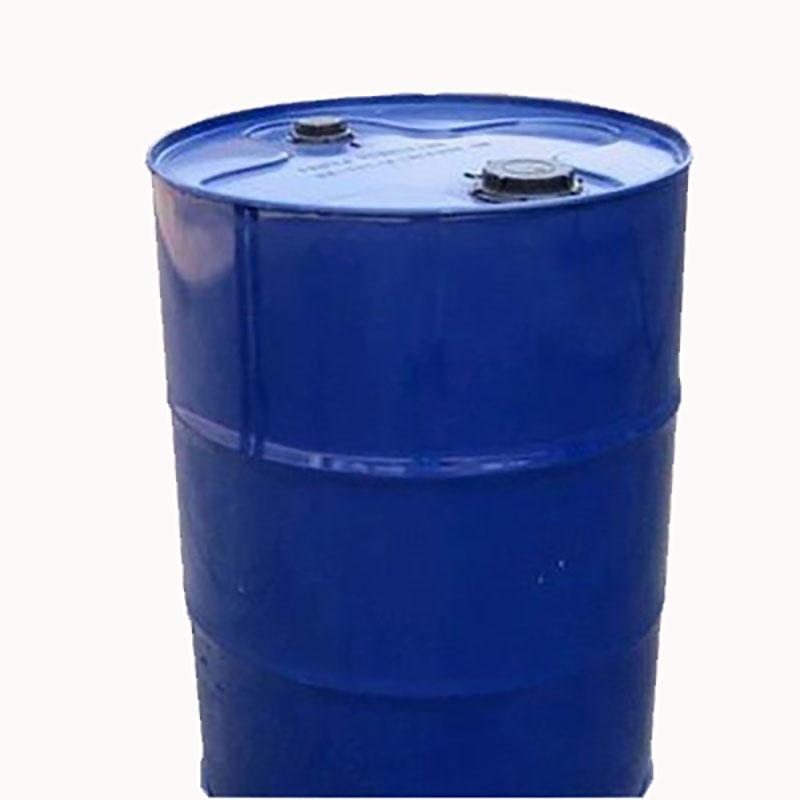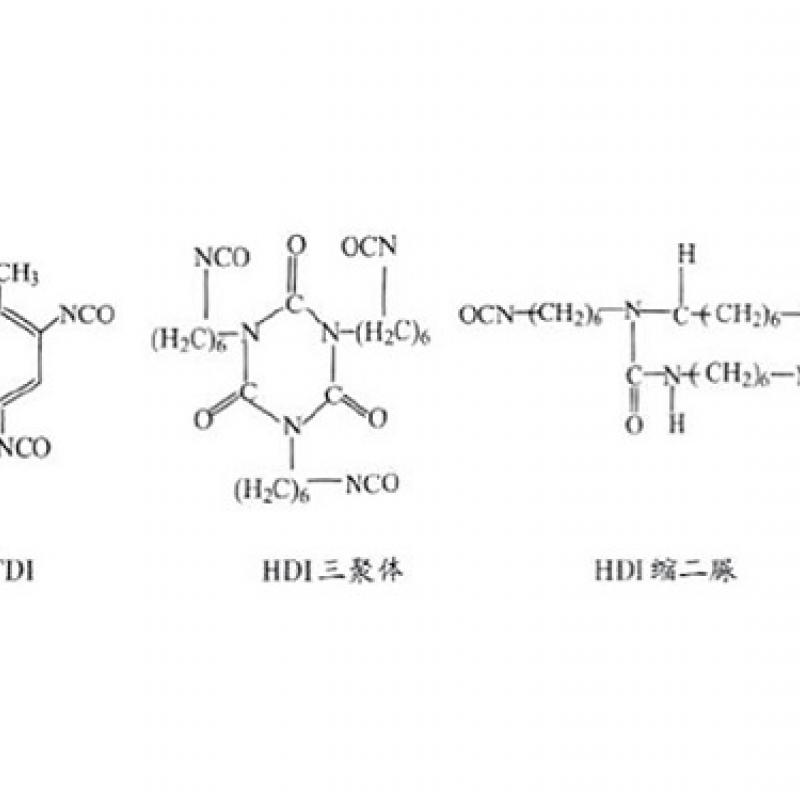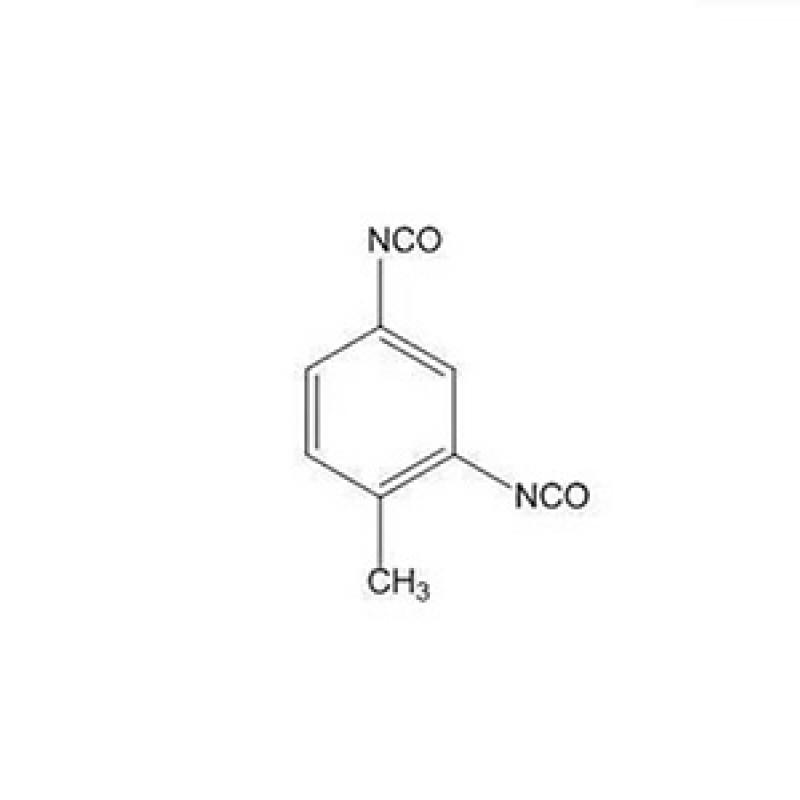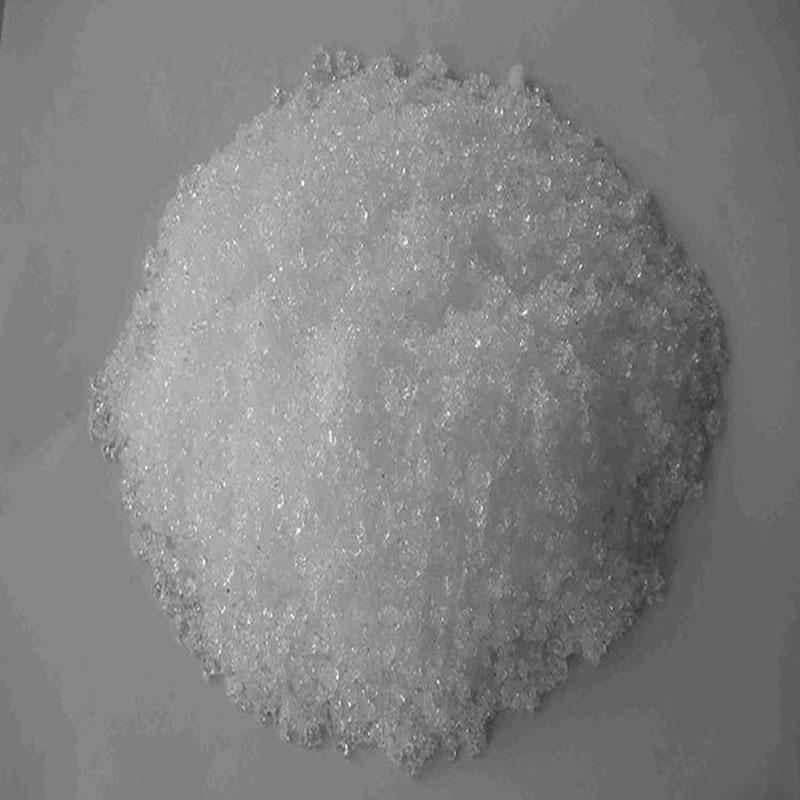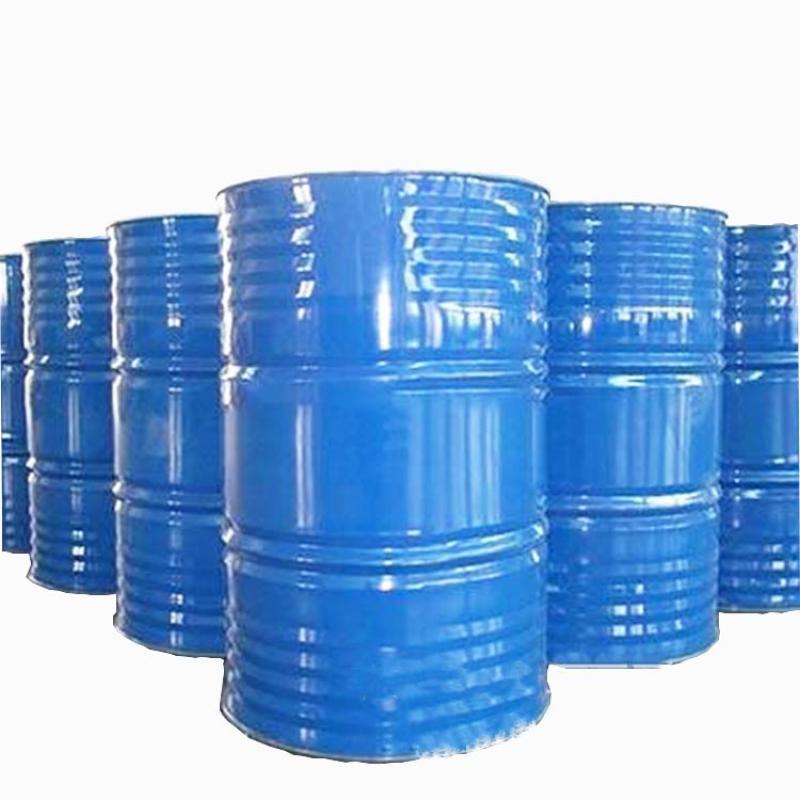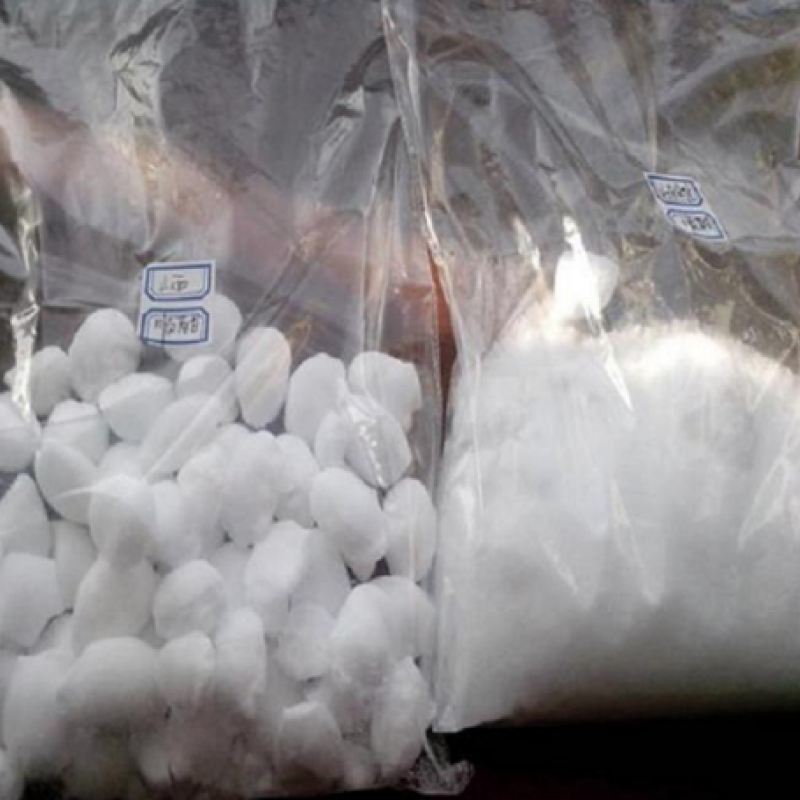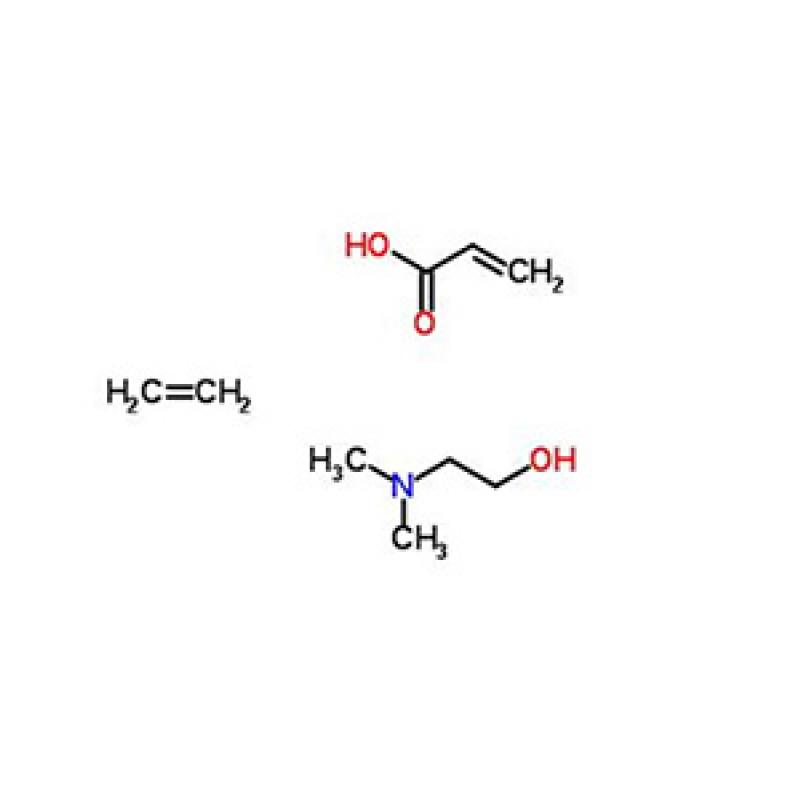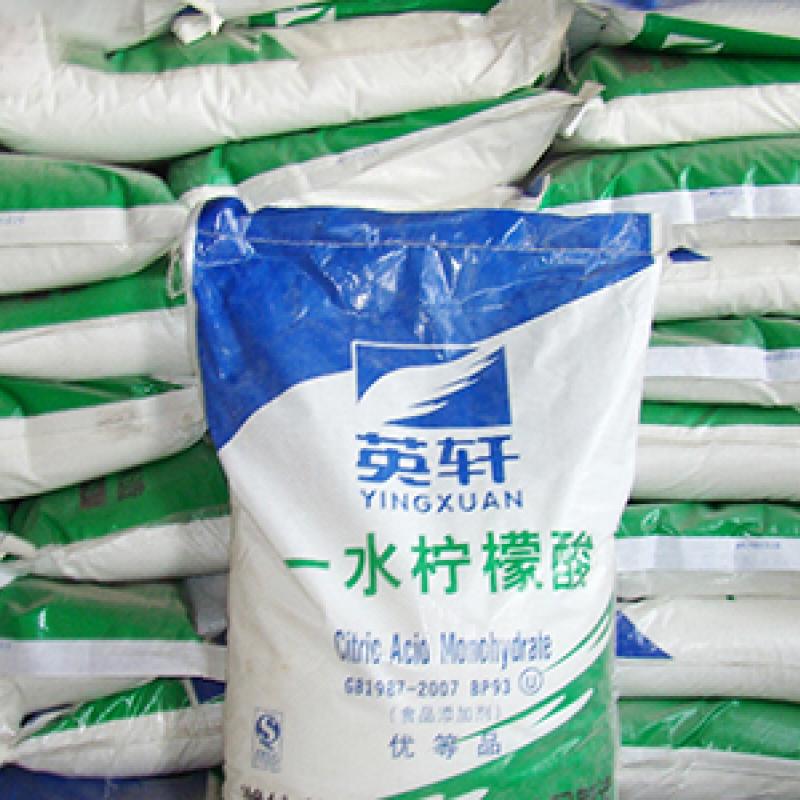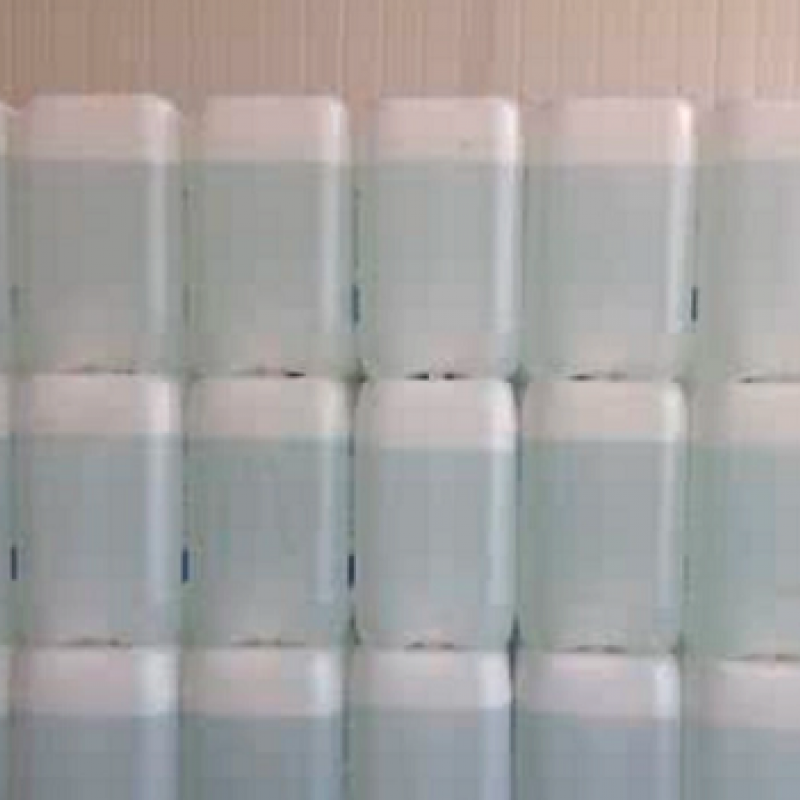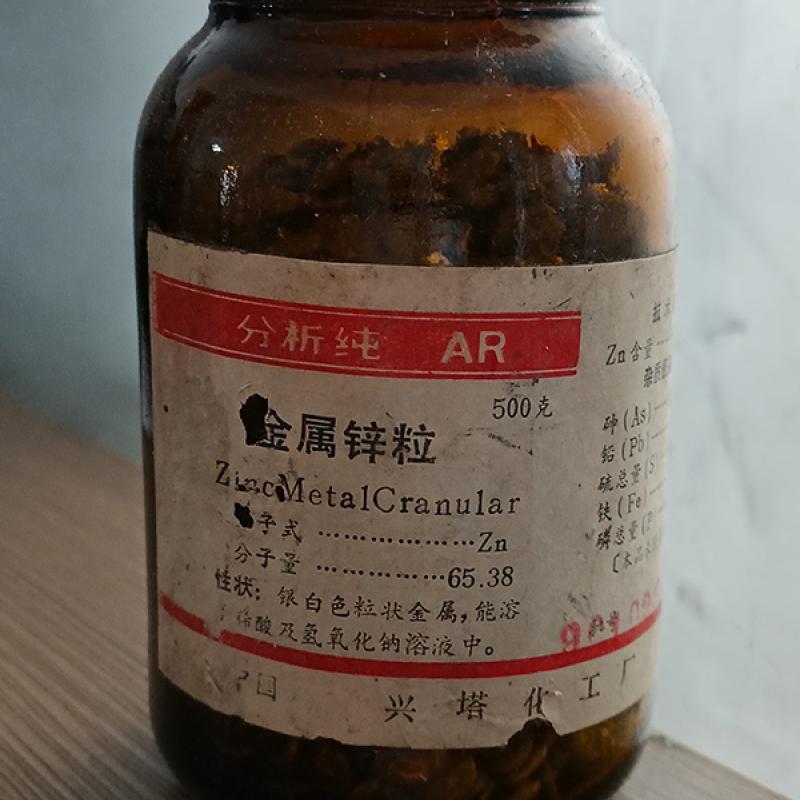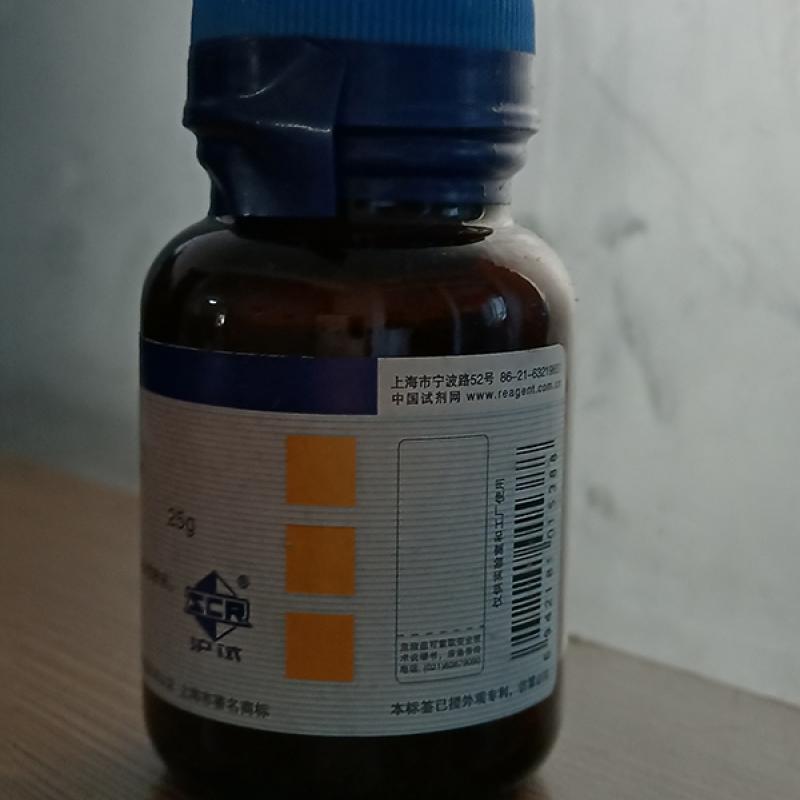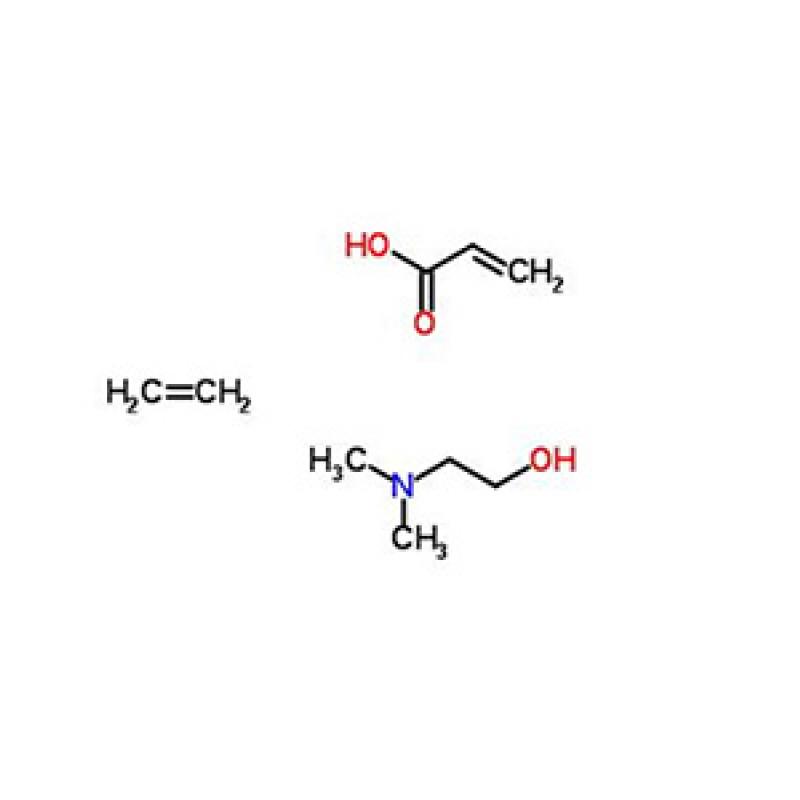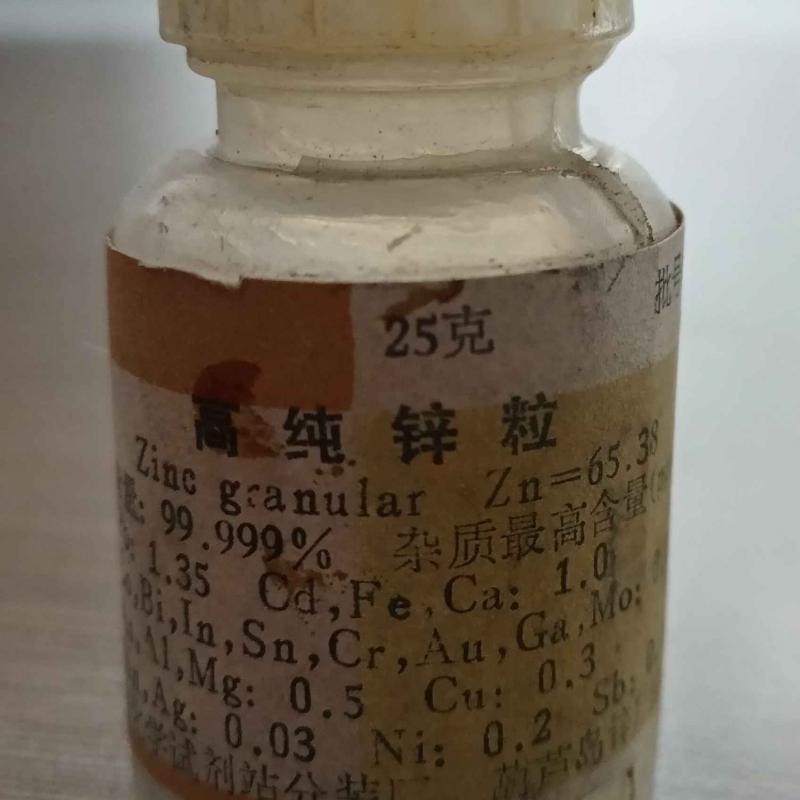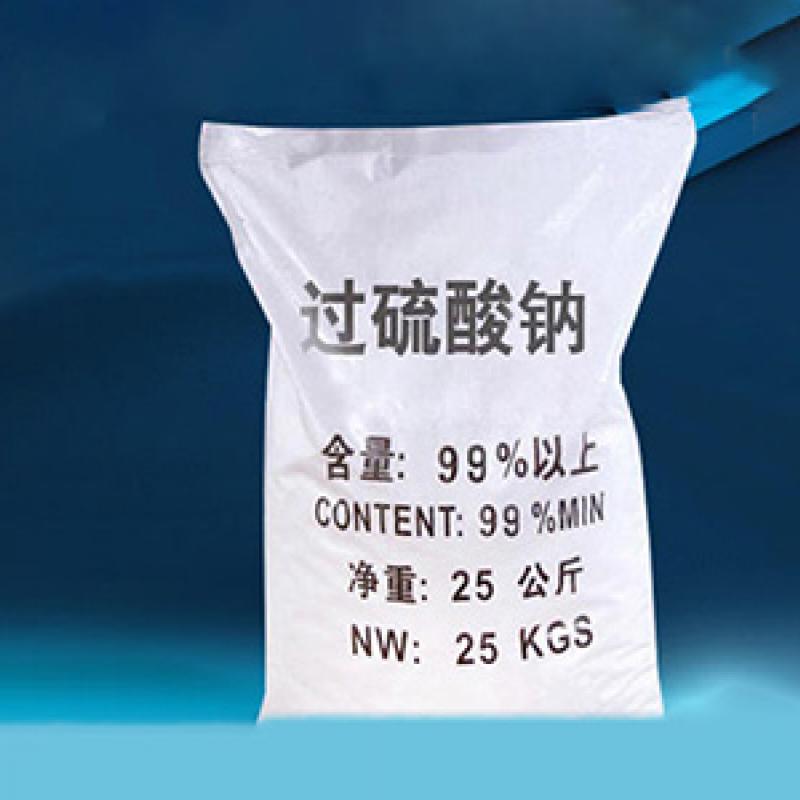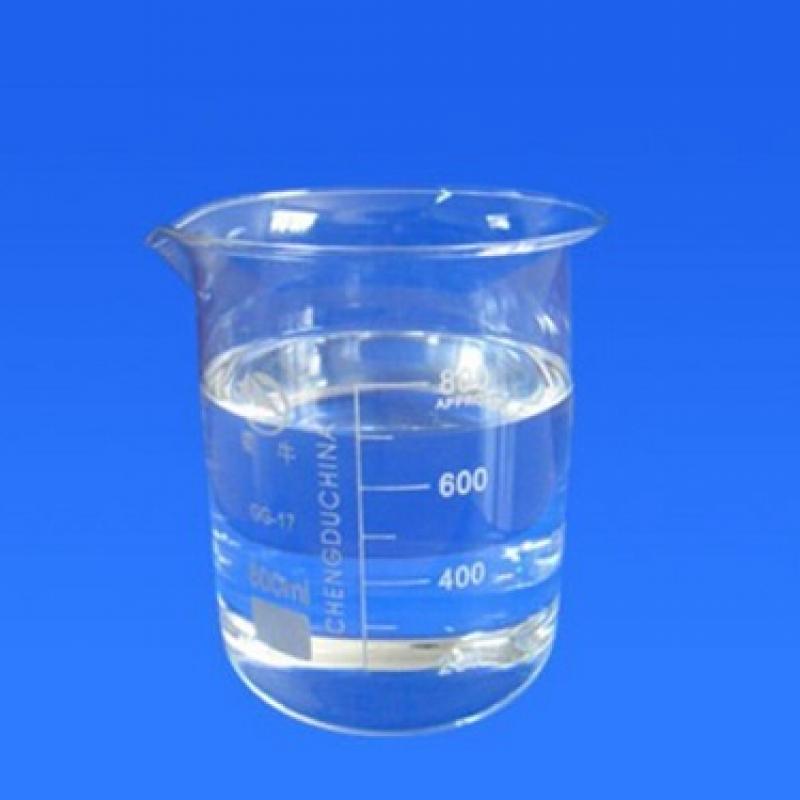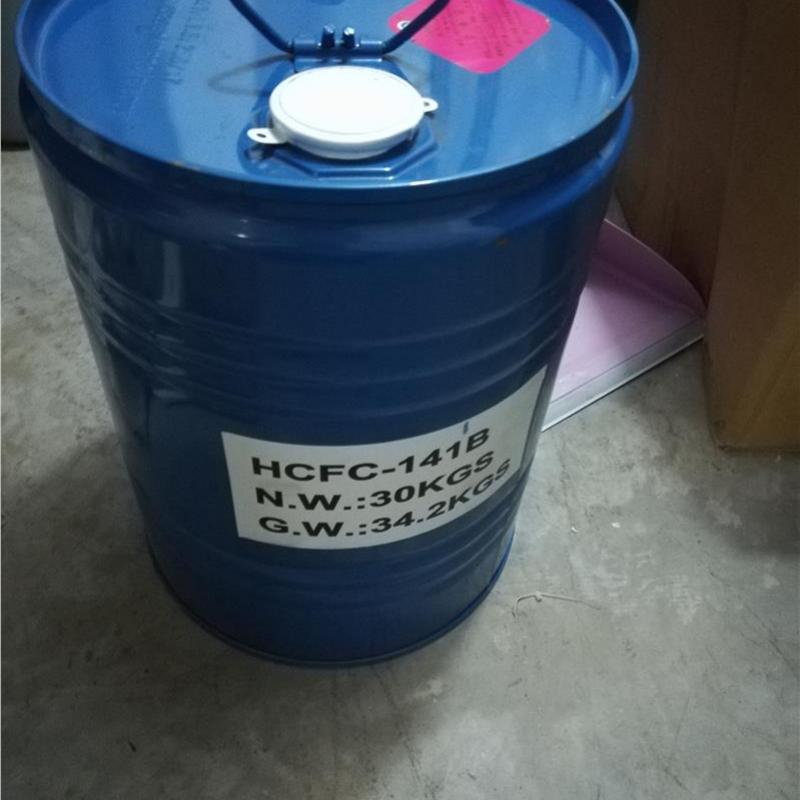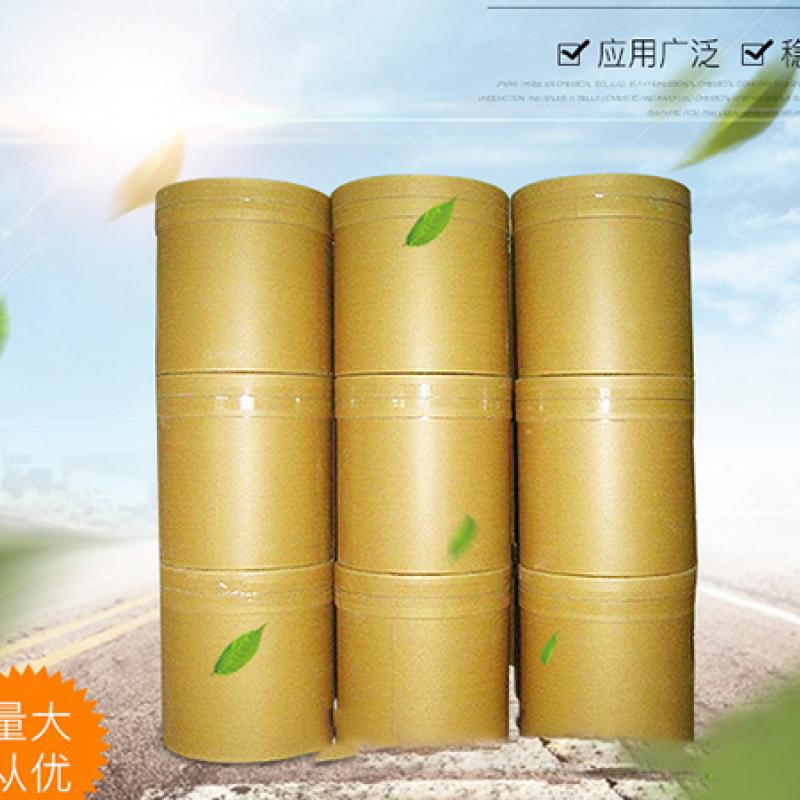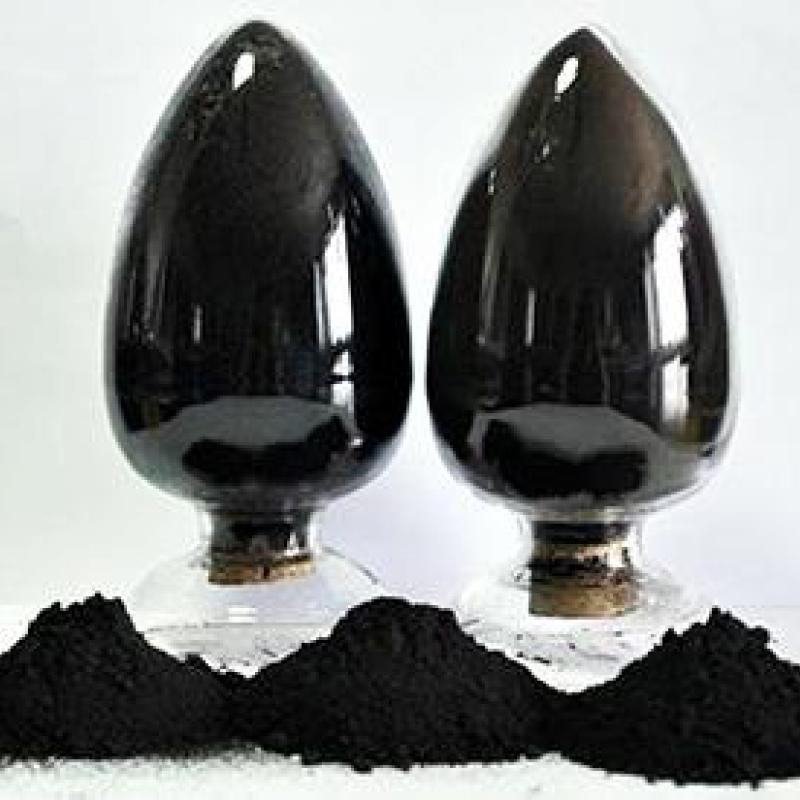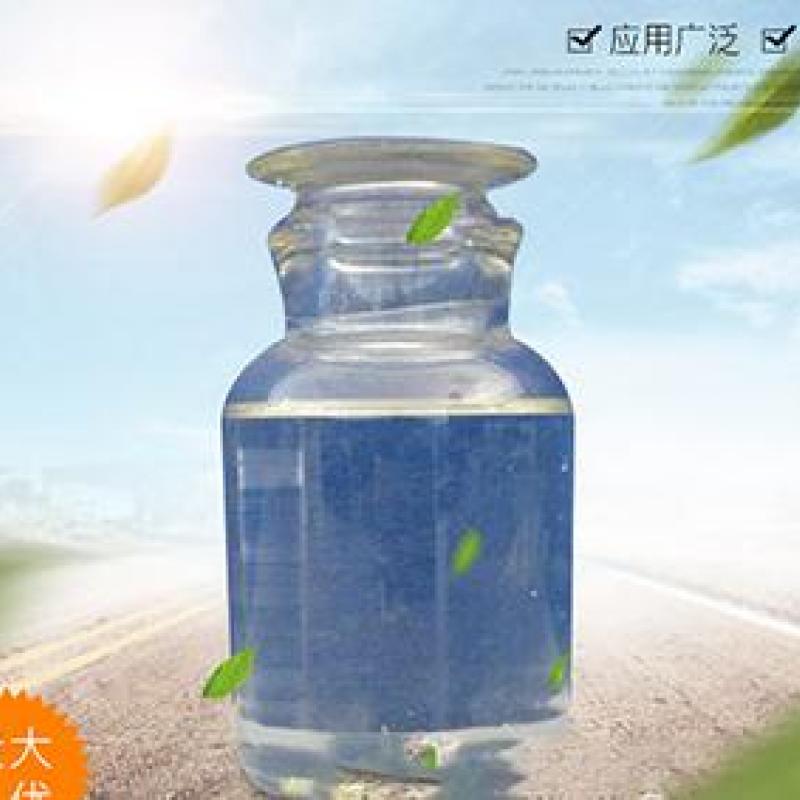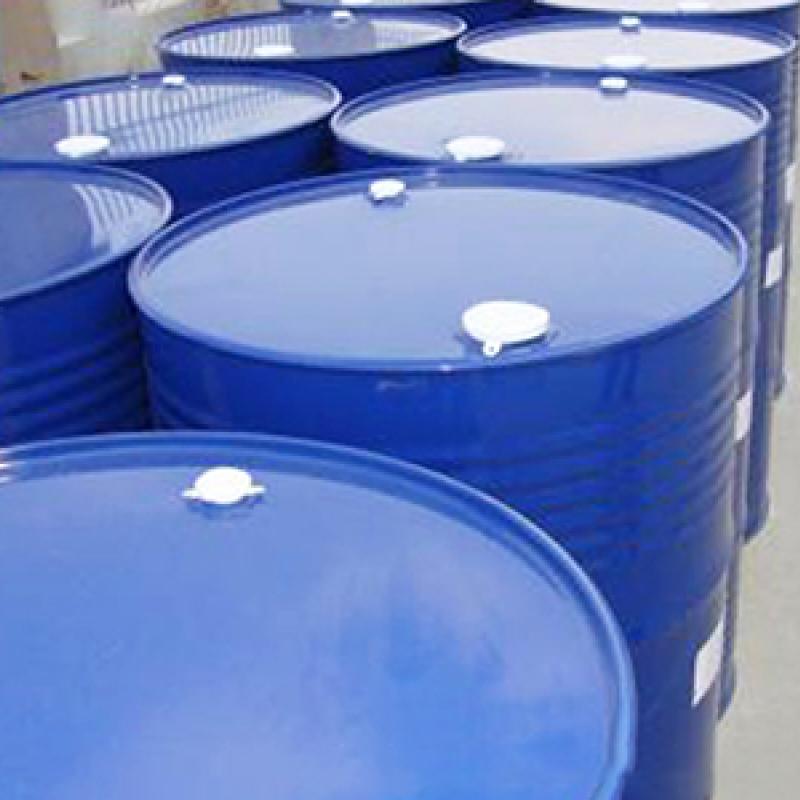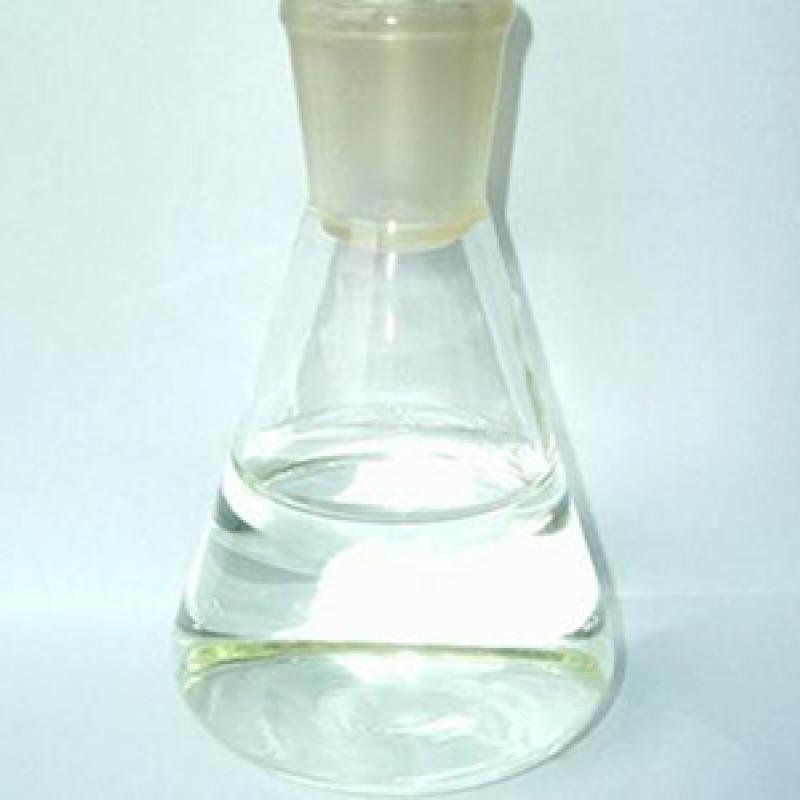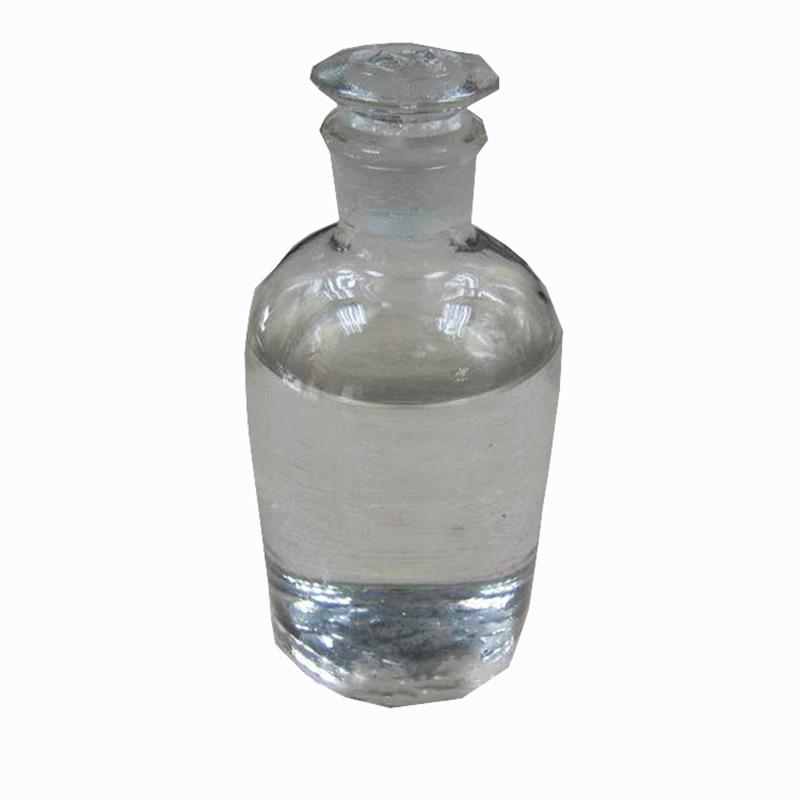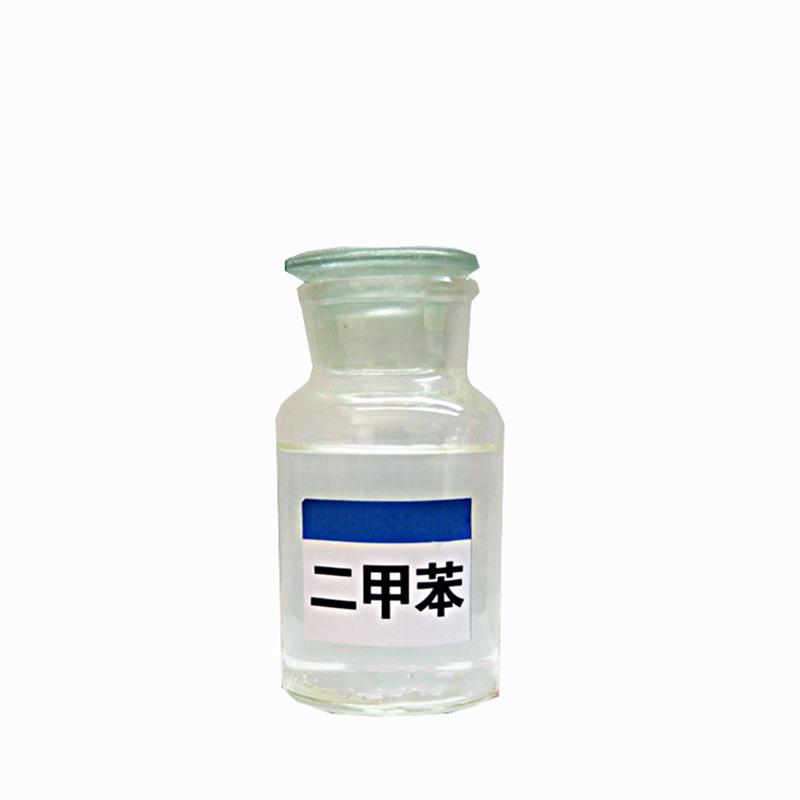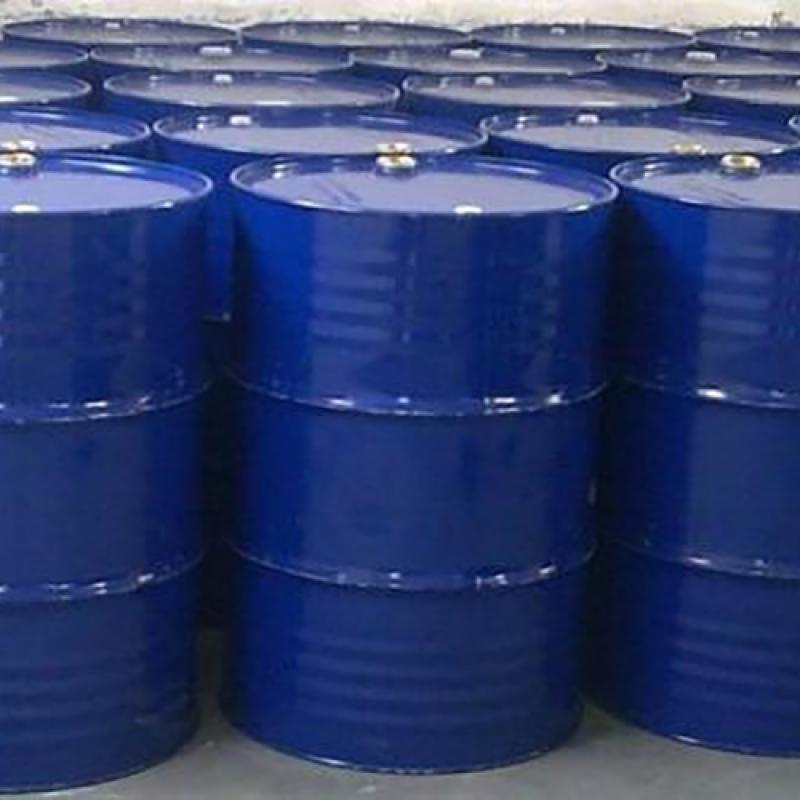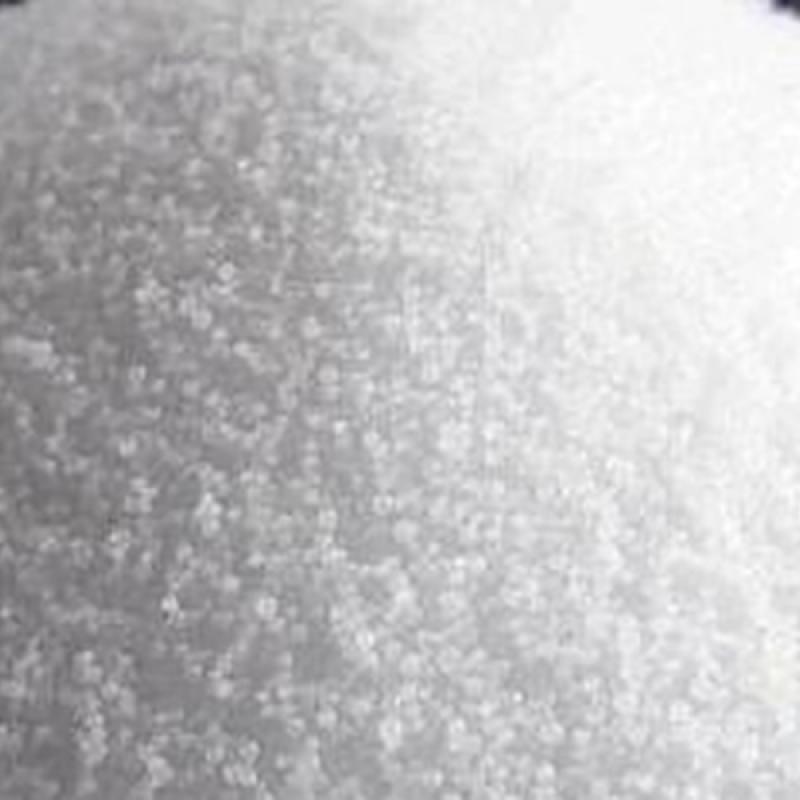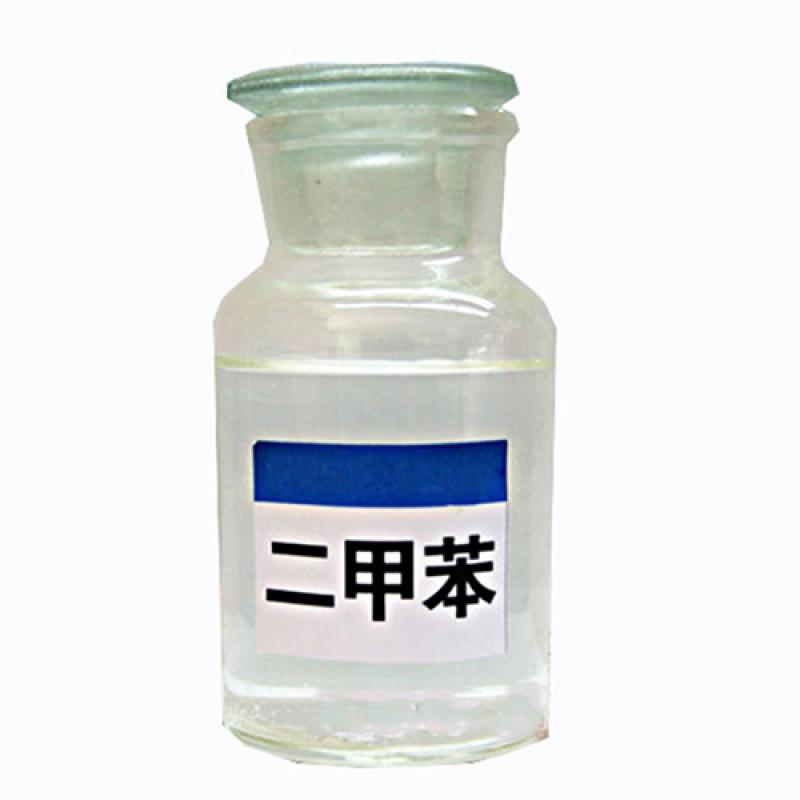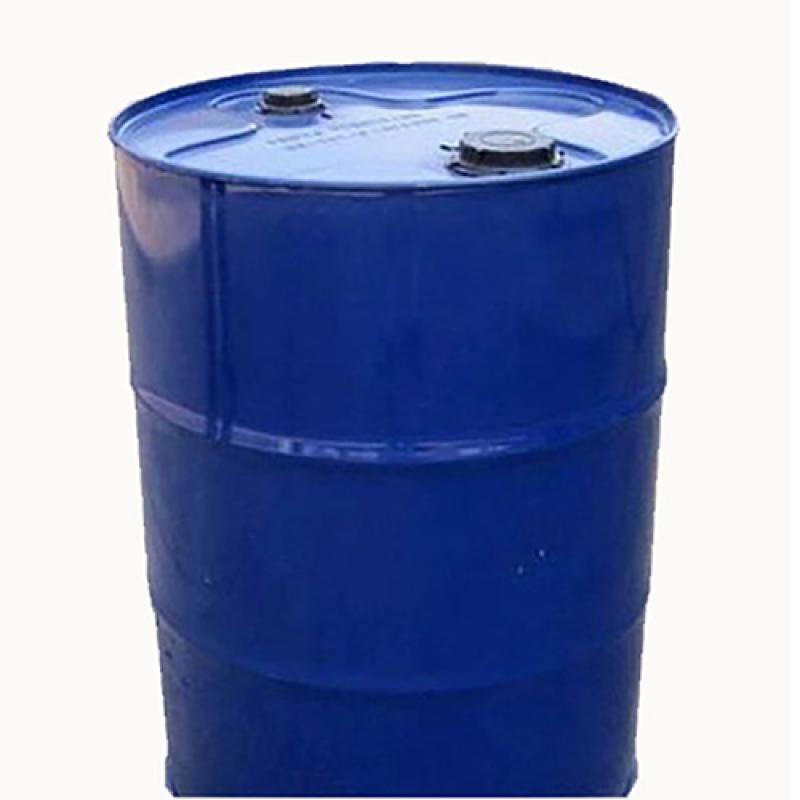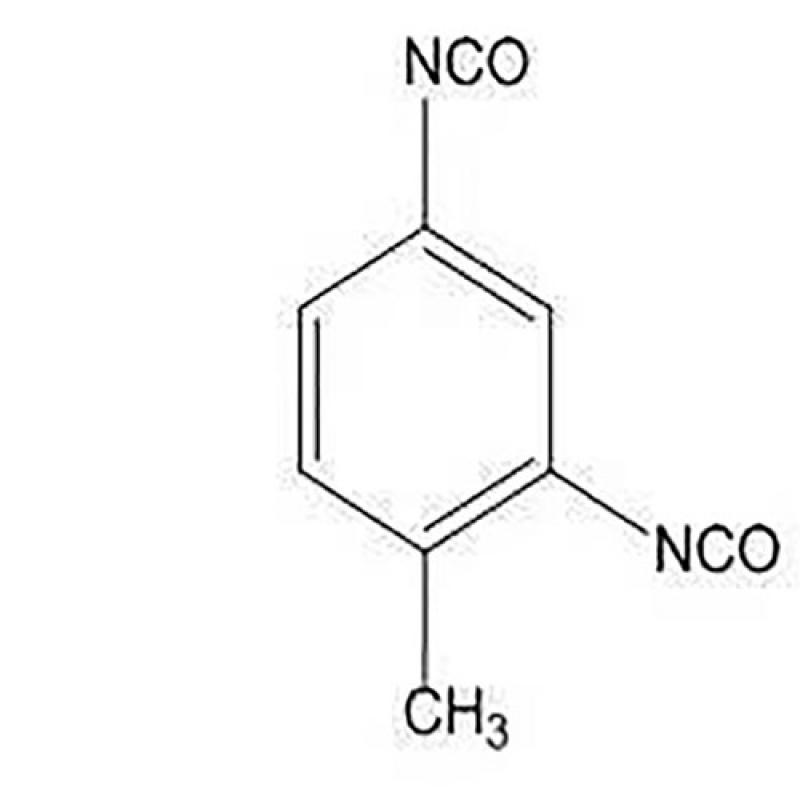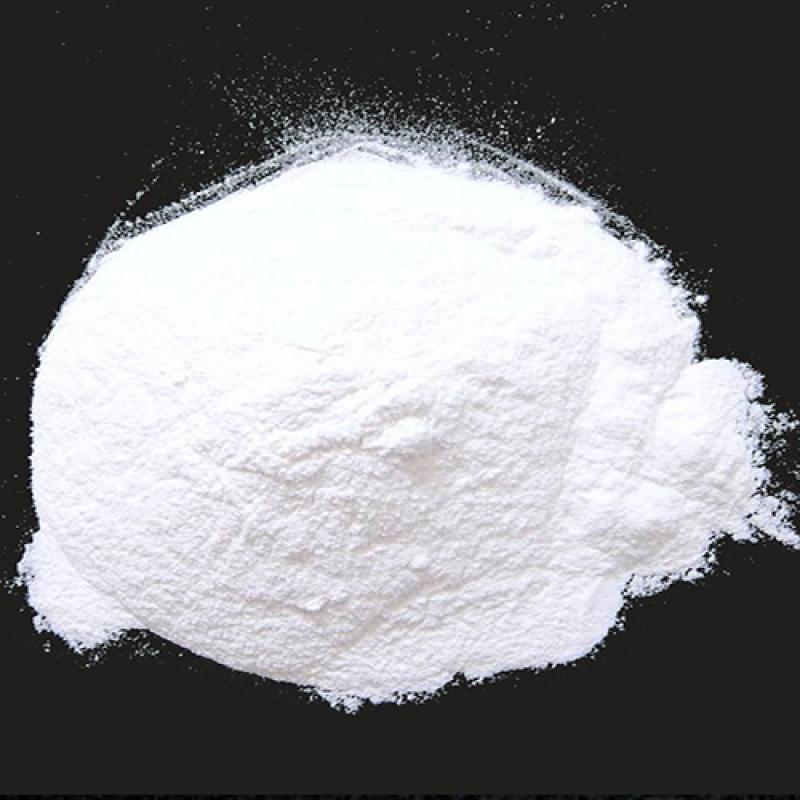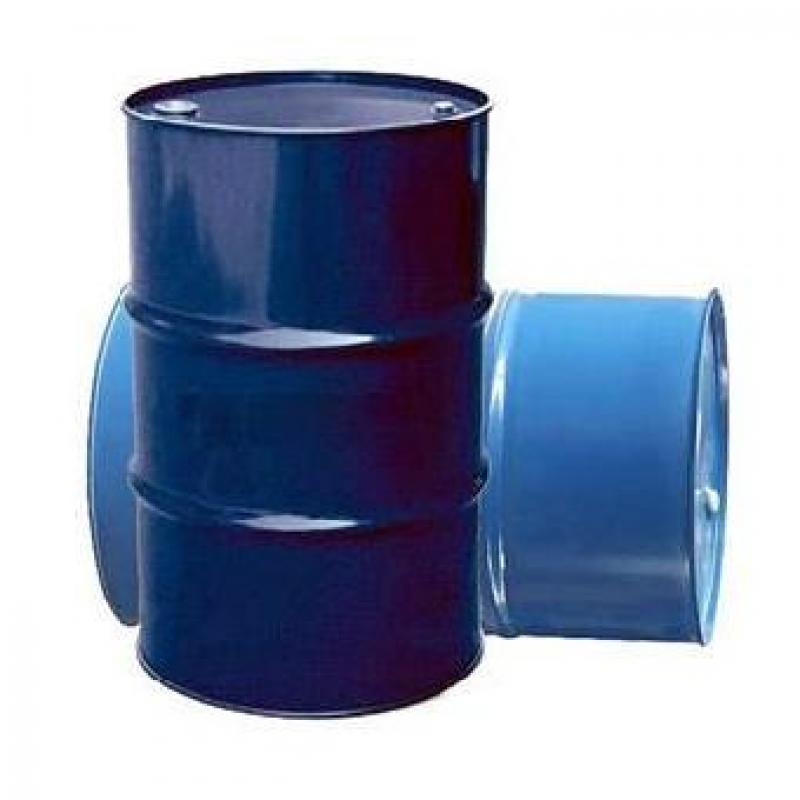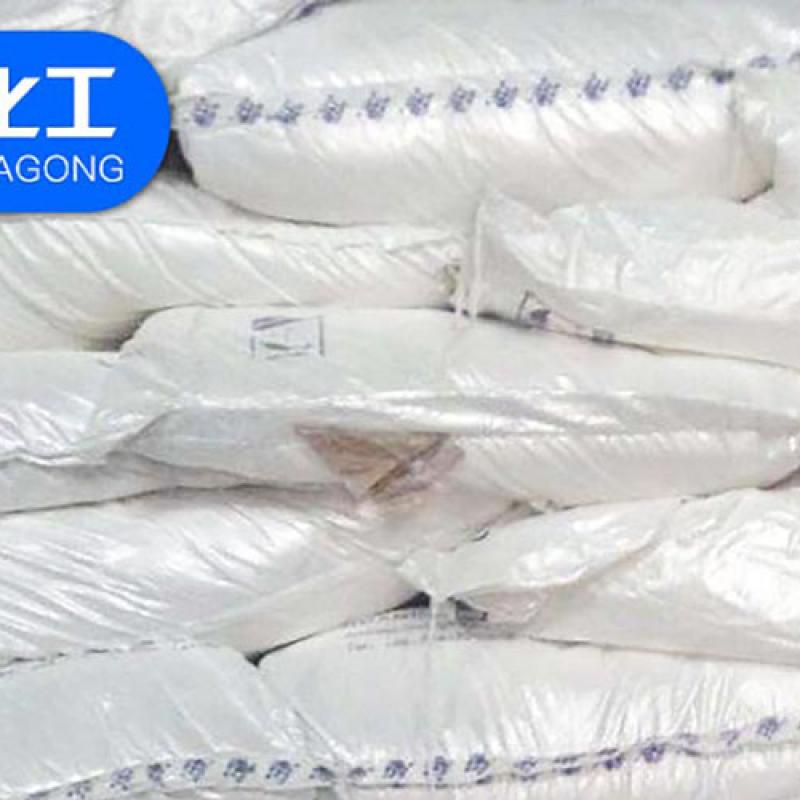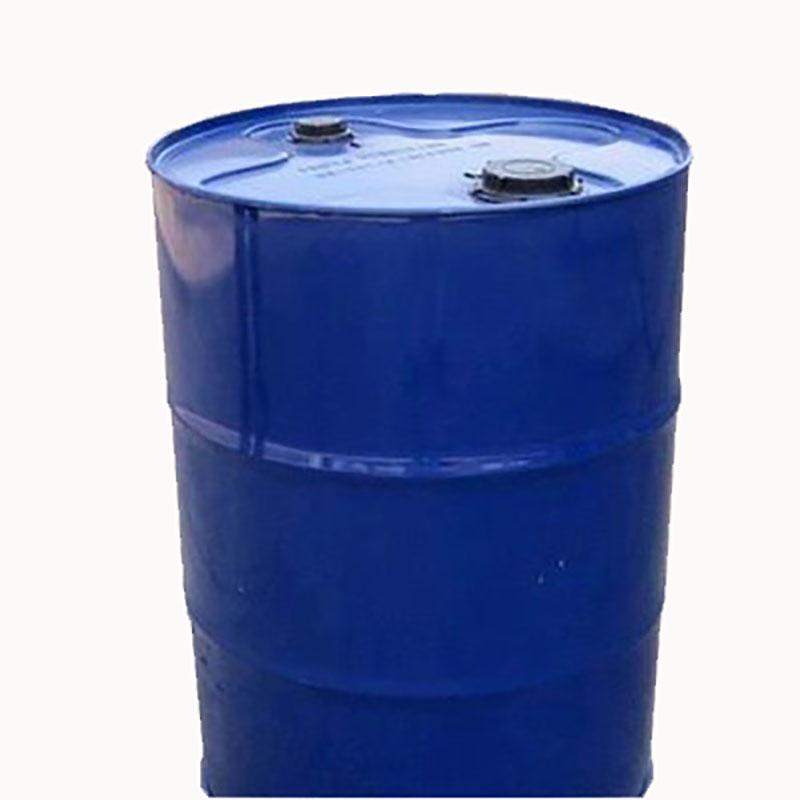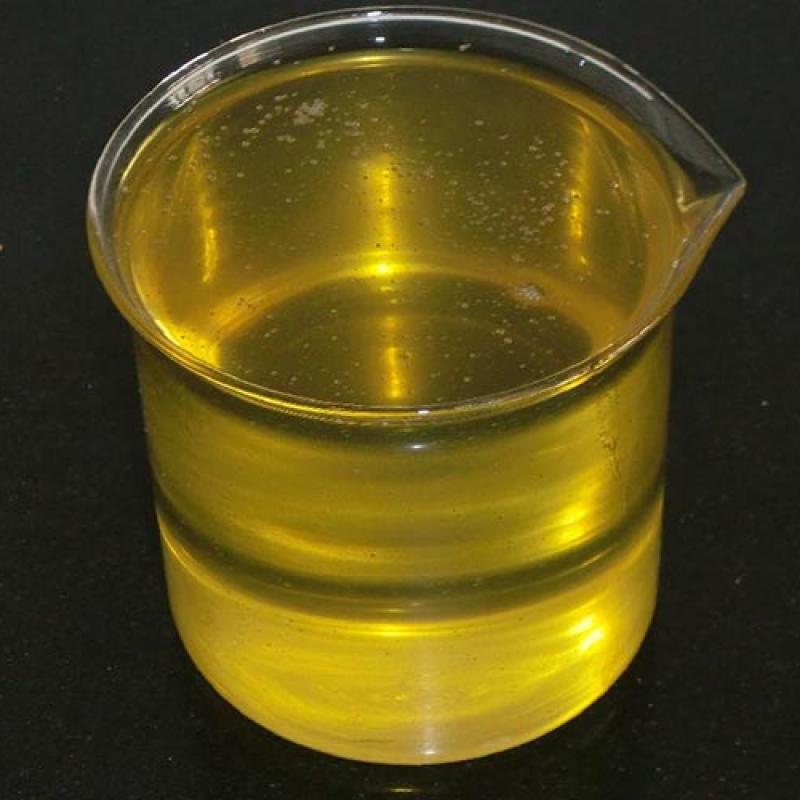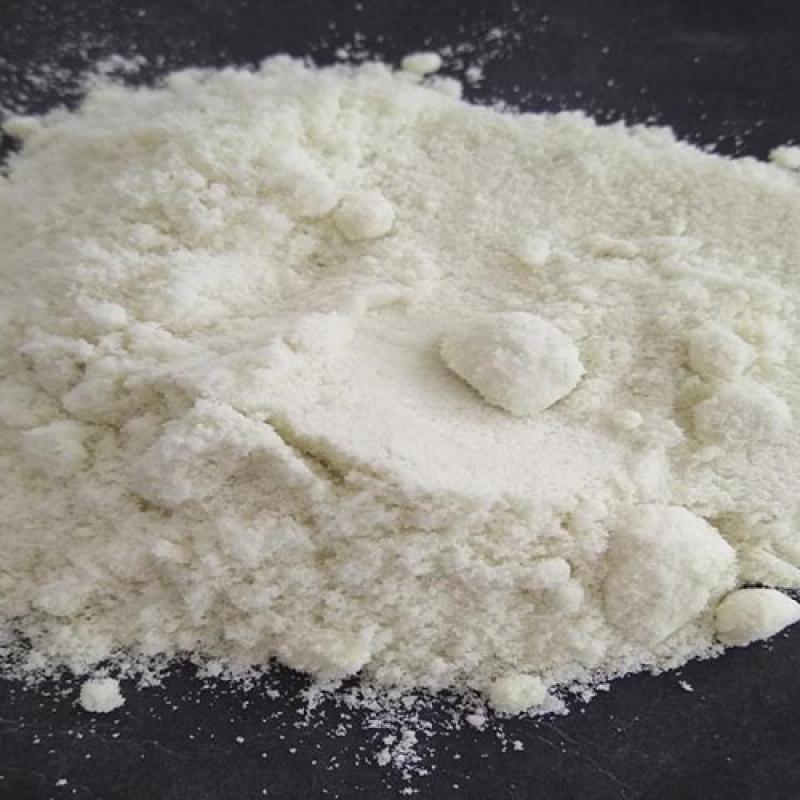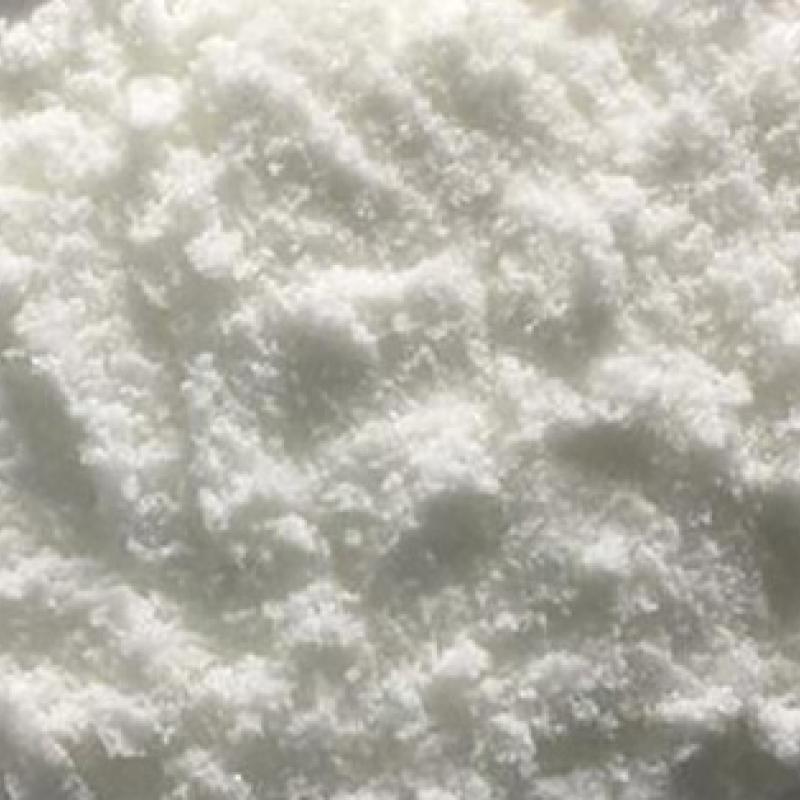Toluene Diisocyanate-manufacture,factory,supplier from China
(Total 24 Products for Toluene Diisocyanate)
The toluene diisocyanate has 2,4-toluene diisocyanates and 2,6-toluene diisocyanate (TDI).
Contact Now
There are two isomers of 2,4-toluene diisocyanate and 2,6-toluene diisocyanate (TDI). According to the content of the two isomers, there are three standard products in the industry: (1) TDI-65 contains 2,4-TDI65%, 2,6-TDI35%; (2) TDI-80 contains 2,4- TDI80%, 2,6-TDI20%, more common; (3) TDI-100 contains 2,4-TDI100%. Carbon dioxide occurs with water effect. Easy to work with compounds containing active hydrogen atoms. Linear polyurethane or polyurethane resin with diol effect.
Contact Now
Miscible with ether, diethylene glycol, acetone, carbon tetrachloride, benzene, chlorobenzene, kerosene and olive oil. It can react with hydroxyl-containing compounds, water, amines and compounds with active hydrogen atoms to generate carbamate, urea, semicarbazide, etc. Toluene is nitrated with mixed acid to obtain 2,4- and 2,6-dinitrotoluene, and then hydrogenated and reduced in the presence of nickel catalyst to obtain 2,4- and 2,6-diaminotoluene, which is then reacted with light in chlorobenzene solution. produced by gas reaction.
Contact Now
Dibenylmethane diisocyanate, referred to as "MDI", is an organic substance, a chemical formula C15H10N2O2.
Contact Now
M-xylene is an organic compound with a molecular formula C8H10, a molecular weight of 106, a colorless concussion liquid, a odor like toluene.
Contact Now
1. Used to produce 1,4-butanediol γ- Butyrolactone, tetrahydrofuran, succinic acid, unsaturated polyester resin, alkyd resin and other raw materials are also used in and pesticides.
2. Act as collector in metal beneficiation.
3. It is used in organic synthesis and also as an intermediate of synthetic fiber.
4. Maleic anhydride is an important basic raw material of unsaturated organic anhydride.
Contact Now
Addition with hydrogen chloride generates 2-chloropropionic acid. Used in the preparation of acrylic resins and other organic synthesis. It is made by oxidation of acrolein or hydrolysis of acrylonitrile, or made by carbon monoxide, acetylene and water under the action of nickel catalyst.
Contact Now
its density is 1.542g/cm3, its melting point is 153-159℃, and water and carbon dioxide are differentiated and launched above a hundred seventy five℃. citric acid is without problems soluble in water and ethanol, its solubility is 59% at 20℃, and the ph of its 2% aqueous solution is 2.1.
Contact Now
For diesel vehicles such as heavy trucks and passenger cars to meet the National IV emission standards, a suitable SCR system must be selected for exhaust gas treatment, and this system must use urea solution to treat nitrogen oxides in the exhaust gas. Therefore, urea solution for vehicles has become an essential product for heavy-duty trucks and passenger cars to meet the National IV emission standards.
Contact Now
Lactic acid is a carboxylic acid, the molecular formula is C3H6O3, containing a hydroxyl group, belonging to α-hydroxyory (AHA). In an aqueous solution, the carboxyl group releases a proton to generate lactate ion CH3CH (OH) COO-.
Contact Now
The melting point is 13.5°C, the boiling point is 140.9°C, and the density (20/4°C) is 1.0611g/cm3. The chemical nature is lively. It is easy to polymerize in air and can be reduced to propionic acid by hydrogenation. Addition with hydrogen chloride generates 2-chloropropionic acid. Used in the preparation of acrylic resins and other organic synthesis. It is made by oxidation of acrolein or hydrolysis of acrylonitrile, or made by carbon monoxide, acetylene and water under the action of nickel catalyst.
Contact Now
Molecular weight: 65.39
Grade: 5N
MDL number: MFCD00011291
EC number: 231-175-3
Contact Now
Can gradually decompose, moist and high temperatures can accelerate decomposition. Can be decomposed by ethanol and silver ion.White crystalline powder.
Contact Now
Appearance and properties: colorless liquid, almost odorless
Molecular weight 90.12 Vapor pressure 0.51 kPa/20℃ Flash point: 43℃
Melting point -70°C boiling point: 135.1°C solubility can be miscible with water and most organic solvents such as ethanol
Density (D4) 0.925-0.935
Contact Now
HCFC-141b (monofluorodichloroethane) is a high-purity liquid widely used in cleaning and solvent fields.
Contact Now
mercaptan wrapped in fuel is malodorous and corrosive, which reduces the lead content of gas. except, mercaptan is also an oxidation initiator, which can promote the oxidation and condensation of risky components in fuel to gel, resulting in terrible garage balance of gasoline. cobalt phthalocyanine sulfonate is an powerful catalyst for disposing of mercaptan sulfur from heavy oil, and it has the identical effect. whilst in use, dissolve the catalyst in 10% alkali solution, heat it slightly for a time frame, and stir to dissolve it before use.
Contact Now
Appearance: watery bright liquid with pleasant ketone-like fragrance.
Main uses: Used as a solvent for spray paint, nitrocellulose, some fiber ethers, camphor, grease, natural and synthetic rubber.
Precautions for storage and transportation: Store in a cool and ventilated warehouse. Keep away from kindling and heat sources. The warehouse temperature should not exceed 30℃. Avoid direct sunlight. Keep the container sealed. It should be stored separately from oxidant. Lighting, ventilation and other equipment in the storage room should be explosion-proof.
Contact Now
In the textile industry, it is used as a dispersant for fiber lubricants and chemical fiber oils, as well as automotive brake fluids, pesticide dispersants, dry cleaning agents, cutting oil solvents, organic synthesis intermediates, auxiliary solvents for mineral oil emulsions, and analytical reagents.
Contact Now
The propanol, but also glycerol, chemical formula is C3H8O3, colorless, odorless, sweet, and appearance showing a clear liquid, is an organic substance, can absorb moisture from air, can also absorb hydrogen sulfide, hydrogen cyanide and sulfur dioxide .
Contact Now
The industrial neighborl xylene is a raw material, first washes the acid layer to the acid layer colorless, then use 10% sodium hydroxide solution, water is washed to pass, and the aqueous layer is separated, and the calcium chloride is borned with anhydrous carbon. After the distinction is low, the intermediate fraction is collected, that is, a pure product.
Contact Now
Relate News
TDI is the abbreviation of toluene diisocyanate. TDI is a polycyanate widely used in industrial production. It is a polyurethane material and an important basic material. Mainly used to make flexible polyurethane foam, polyurethane elastomer, coatings, adhesives, etc.
TDI (toluene diisocyanate) is one of the commonly used polyisocyanate, and polyisocyanate is an important base material of polyurethane (PU). The TDI commonly used in the polyurethane industry is a mixture of 2,4-TDI and 2,6-TDI isomers, including three commonly used grades.
Benzene and its homologues toluene and xylene are mainly obtained from coal tar fractionation and cracking petroleum. The three are colorless, transparent and aromatic liquids with strong volatility.
Toluene diisocyanate is combustible in case of open flame and high heat. It can react with oxidants. Reacts violently with amines, alcohols, alkalis and warm water, and can cause combustion or explosion.
Firefighters must wear gas masks and full-body fire fighting clothes, and put out the fire in the upwind direction. Spray water to keep the fire container cool until the end of the fire extinguishing.
Hydroxypropyl toluene cellulose is a commonly used building material additive, which is widely used in industry and has a wide variety of types.
Meta-xylene is an organic compound with a molecular formula of C8H10 and a molecular weight of 106. It is a colorless and transparent liquid with an odor similar to toluene. It is insoluble in water, but miscible in most organic solvents such as ethanol, ether and chloroform. Used as solvent, medicine, dye intermediate, perfume, etc.
The principle of photocatalysis is based on the oxidation-discount capacity of photocatalysts beneath mild conditions, which can reap the purpose of purification of pollution, cloth synthesis and transformation. usually, the photocatalytic oxidation response makes use of a semiconductor as a catalyst and mild as an power source to degrade organic rely into carbon dioxide and water.
Comb grass is a characteristic plant that can be grown all over China. The oil processed from the seeds of comb grass is comb grass. Glycine max is a special medicine made from oil, which has extremely high medicinal value.
Sodium persulfate is a white tasteless crystal or powder, also known as high sodium sulfate. Sodium sulfate is stable at room temperature and decomposes gradually at high temperature.
Antioxidants can be used as hydrogen donors to scavenge free radicals generated during the chain initiation stage, thereby inhibiting or reducing the oxidation of oils. Therefore, in order to delay the oxidation of fats and extend their shelf life, the most common and effective way is to add antioxidants to the fats.

